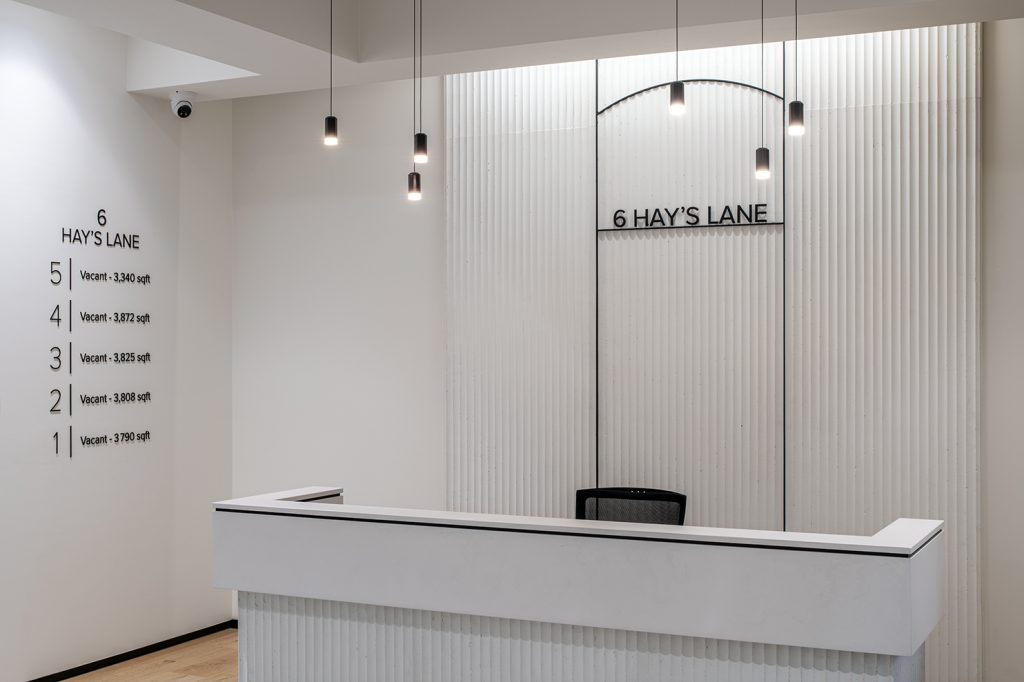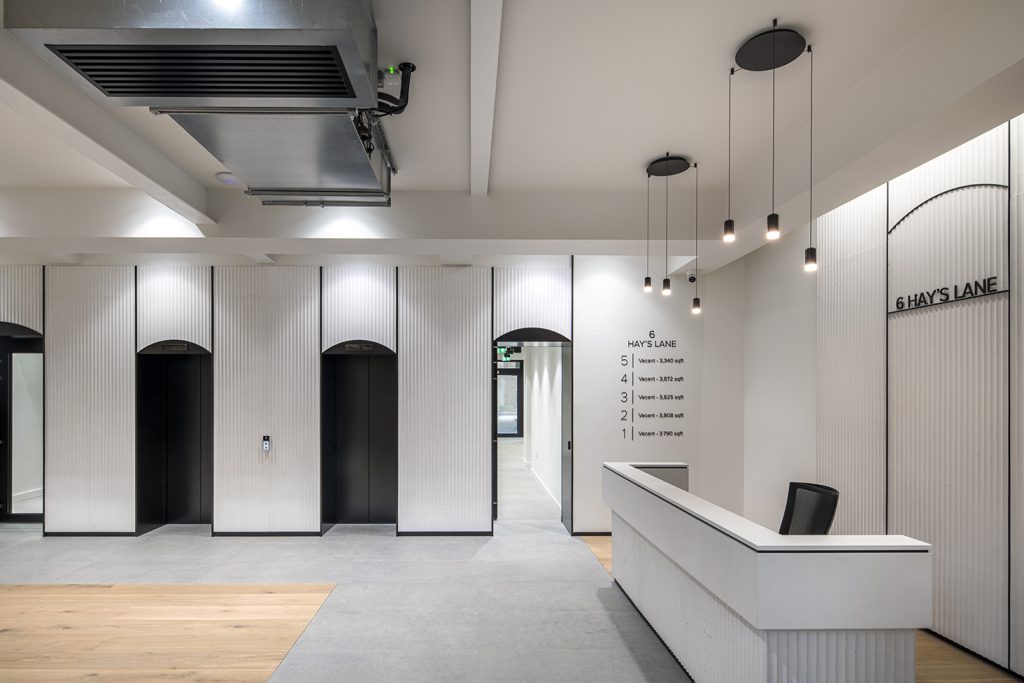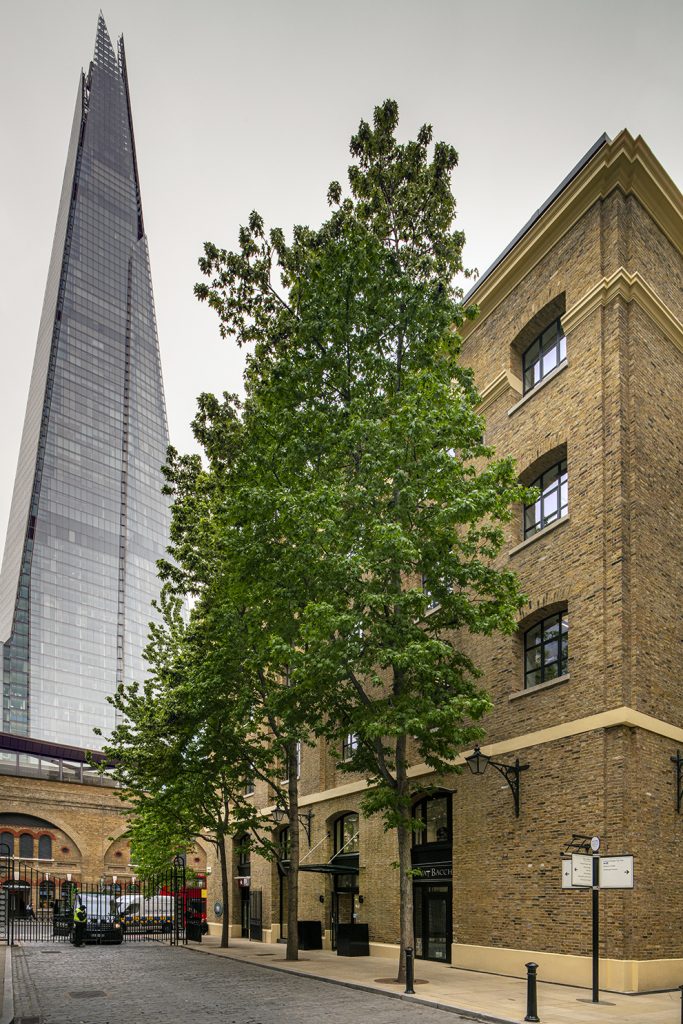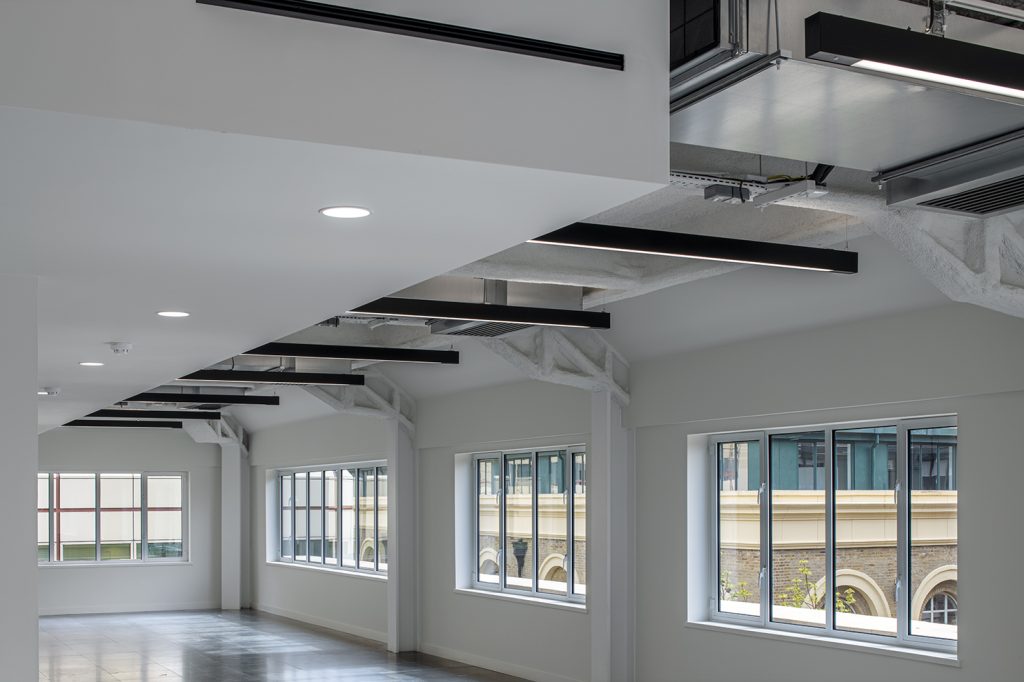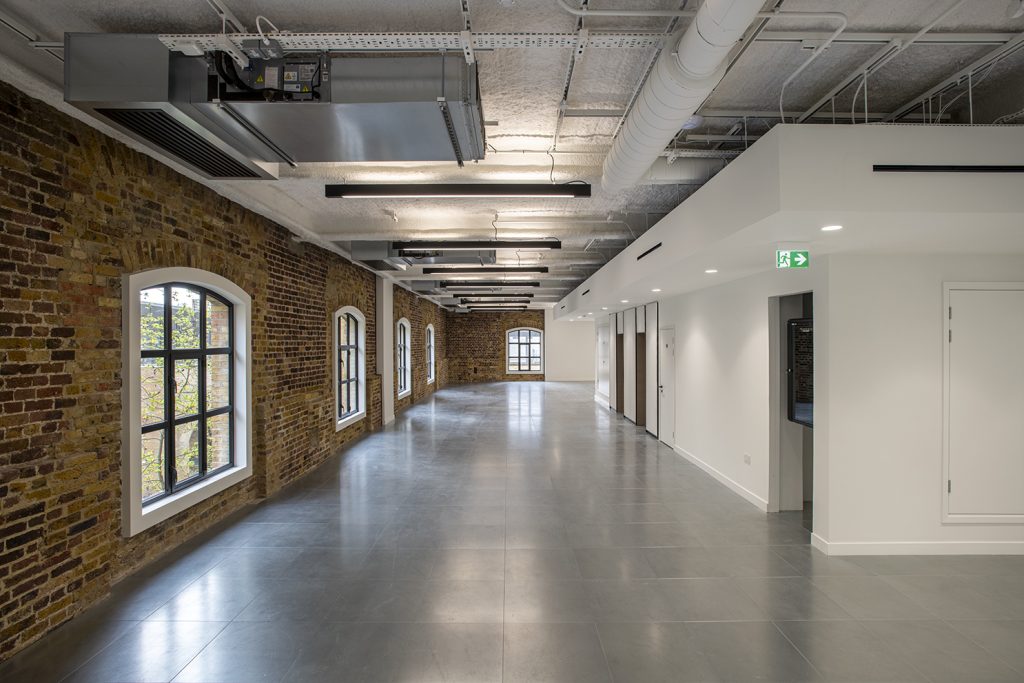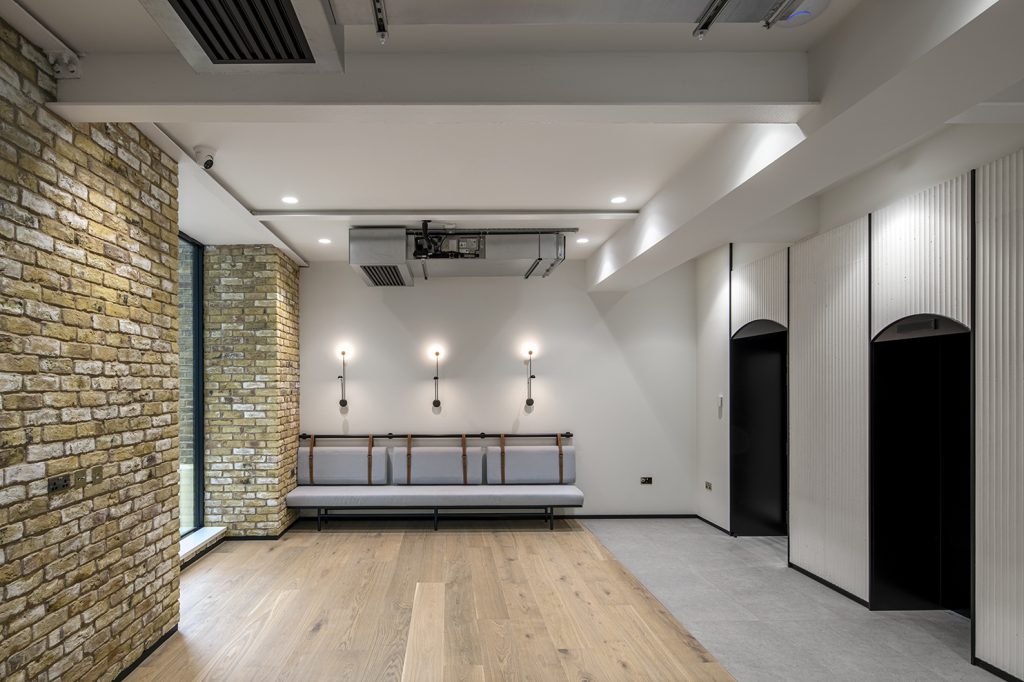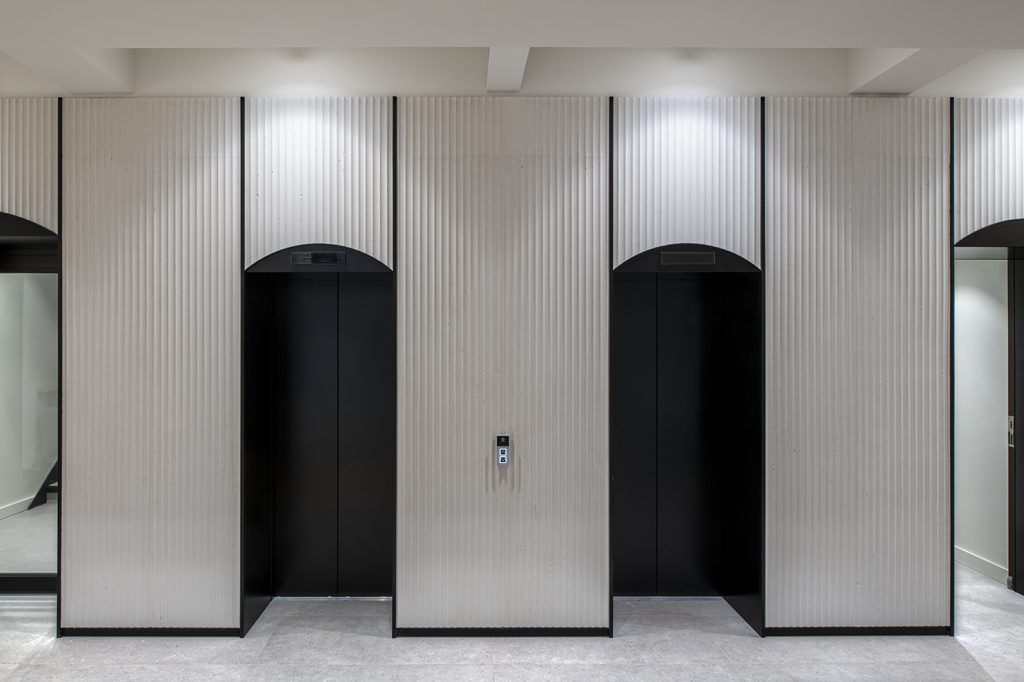Demolition is the construction industry’s dirty secret
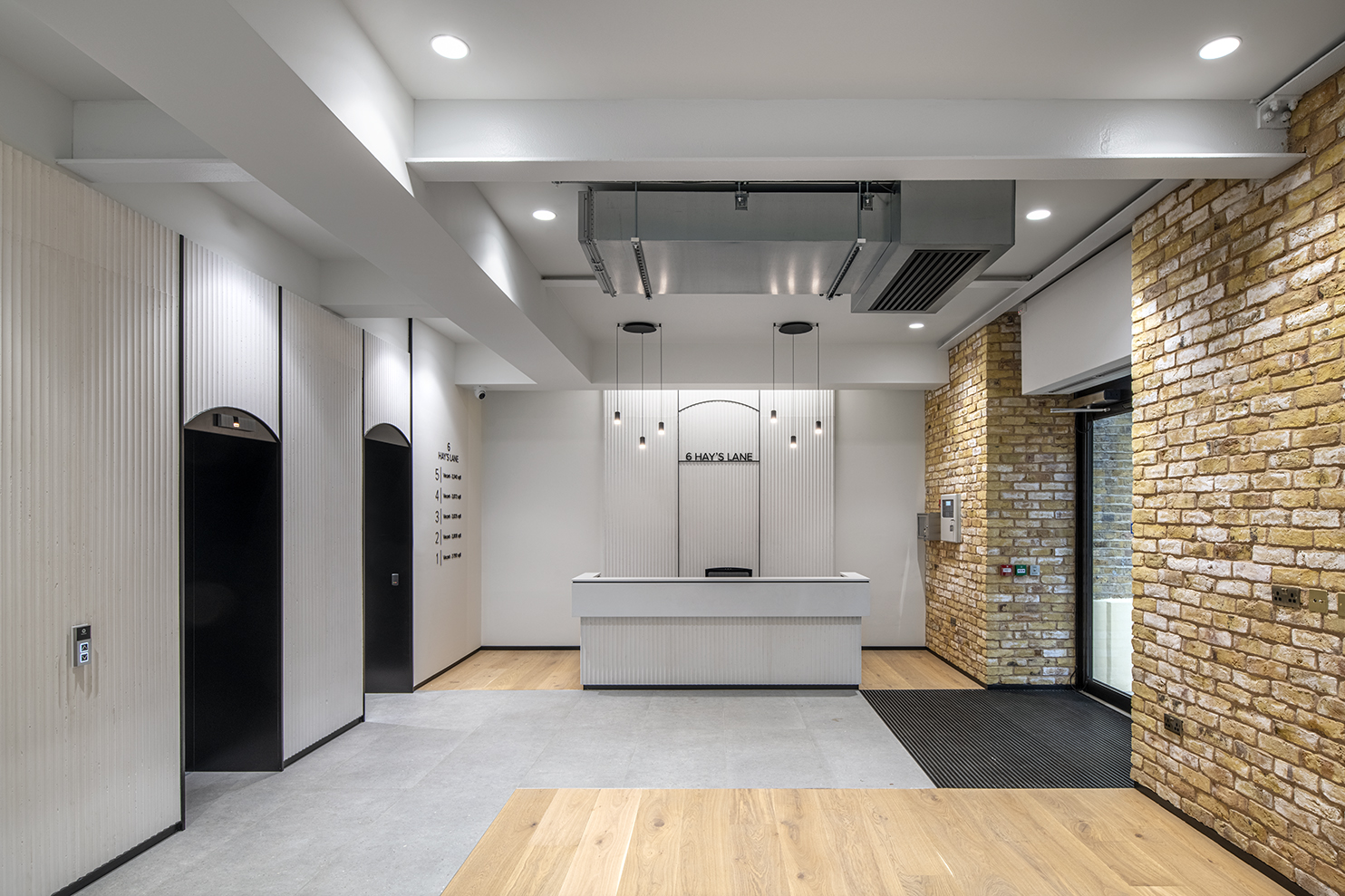
The buildings and construction sector is responsible for about 40 per cent of UK carbon emissions, we lose more than 50,000 buildings a year by demolition, and construction is far more carbon-intensive than refurbishment.
The UK planning system and a contrary tax system rewards the polluters (O% VAT on new builds vs 20% on refurbishment projects) needs to be addressed.
Will Hurst, Architectural Journal’s managing editor, said: “Demolition is the construction industry’s dirty secret. Despite all the declarations of climate emergency and talk of a green recovery, it is propped up by outdated rules and taxes and great swathes of our towns and cities are currently earmarked for destruction.
Retrofit of existing buildings, on the other hand, is cost-effective and generally less controversial, because it conserves and enhances existing places.
I recently photographed 6 Hays Lane, next to London Bridge railway station, which has been fully refurbished for the future. The building was stripped to the core as it required extensive structural adaptations and remedial work to meet fire safety regulations. HLW were the main architect for the work, with JLL project managing and Gleeds as the cost consultant. Atelier Ten were the services consultants and QOB Interiors completed the fitout of the building.
To maximise the space, it has retained the ceiling height with exposed services, sprayed to give acoustic properties and minimise noise transference, and the raised access floor height was decreased and levelled across each floor plate.
To facilitate the increased requirements of each floorplate, it was necessary to replace the roof canopy and instal a new plant to support the new mechanical and electrical services throughout.
QOB worked closely with thermal modelling and the design team to select the right product and make the necessary local adaptations to tailor each floor’s needs.
